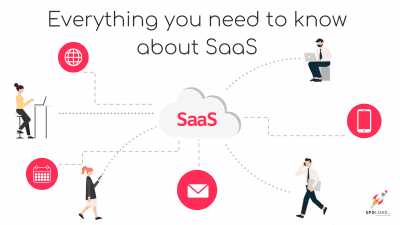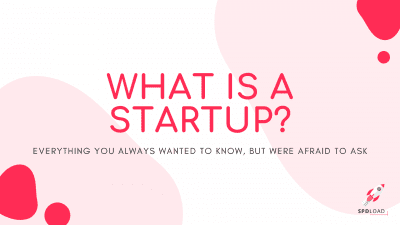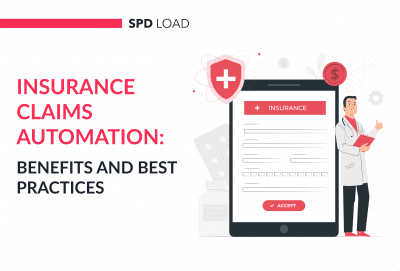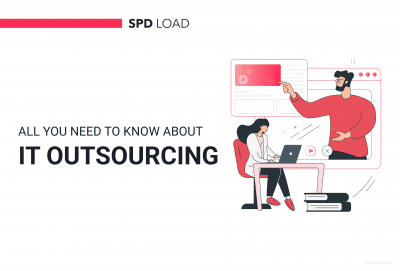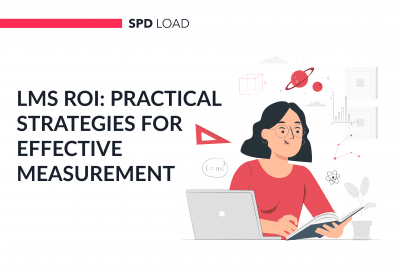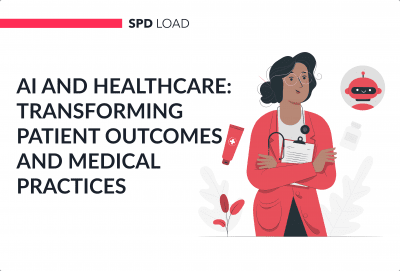What is a Minimum Viable Product and Why Does Your Startup Need One
- Created: Apr 29, 2025
- 13 min
Whether you’re a first-time founder or a seasoned entrepreneur, an MVP is the key to a successful startup, especially if you’re building a digital product.
But what exactly is an MVP, and how can it help you get your idea off the ground?
In this article, we’ll explain what an MVP is and how to build it.
As a software development team with multiple MVPs behind our backs and over $300 M+ in funding raised with the help of our MVP development services, we have some useful insights to share. Plus, you can explore tips on transitioning from MVP to full-scale product.
Develop your MVP to validate a product-market fit with our expert software developers — contact us today to get started!
What Is A Minimum Viable Product (MVP)?
In the context of startups, a minimum viable product (MVP) is the simplest version of a new product that includes only the essential features needed to satisfy early adopters and gather feedback for future development.
The goal is to validate a product idea quickly and cost-effectively before investing significant resources in building a full-featured product.
A minimum viable product is a core part of the Lean Startup methodology.
This is an approach to developing businesses and products that enables entrepreneurs to validate their ideas and assumptions by building an essential product with minimal time and money invested upfront.
The key benefit of crafting an MVP is that it lets you get an early version of your product in front of real customers. User feedback reveals whether you’re on the right track or if a significant pivot is needed before going all in.
Instead of perfecting a product in a vacuum for months or years, an MVP approach focuses on building an initial prototype designed to validate or invalidate your riskiest assumptions.
This fail-fast mindset allows entrepreneurs to rapidly iterate until they find a model that customers truly love.
Creating an MVP app allows a business to identify the strong and weak points of its business model with the least effort and minimal financial losses.
It also allows a company to test the market and see if customers would be willing to pay for and are interested in their product. 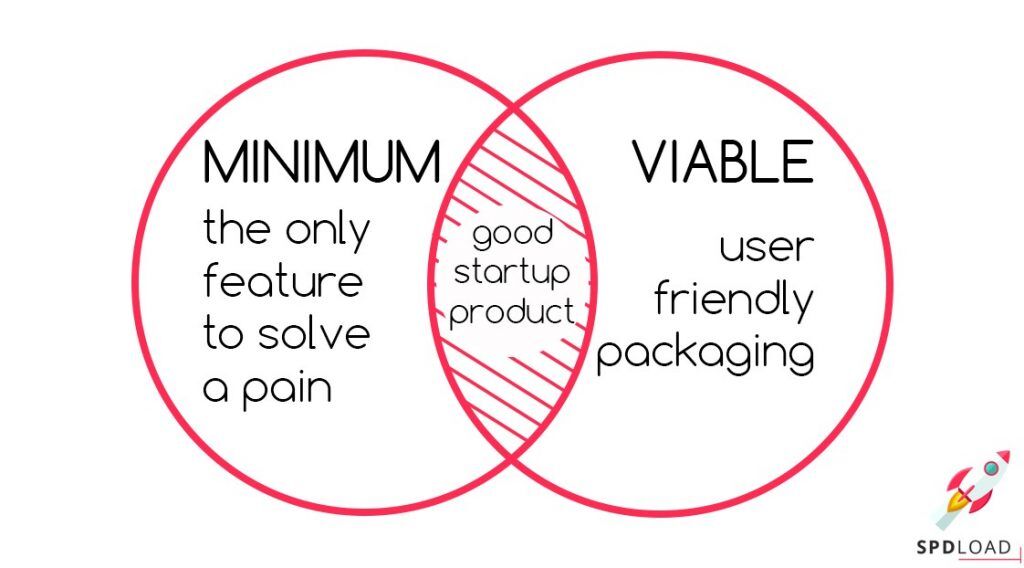
Key Characteristics of an MVP
There are specific characteristics that differentiate an MVP from a fully developed product. Here are some key differentiators:
Core functionality
The MVP contains only the must-have features that address the main problem or need of the target audience.
Early User Feedback
The primary goal of an MVP is to test assumptions, gather user feedback, and validate market demand, while a complete product focuses on scaling, retention, and monetization.
Minimal Design
An MVP often has a basic, functional design to validate the idea, while a mature product typically has a polished, user-friendly interface.
Iterative Improvement
Based on user feedback, the product is refined and expanded in subsequent versions, ensuring that development is aligned with actual market needs.
Risk Reduction
Launching an MVP helps minimize the risk of building a product that the market does not want, saving time and resources.
Limited Scalability
An MVP may not be optimized for large-scale usage, whereas a full product is built with scalability, performance, and security in mind.
Lower Development Cost & Time
Building an MVP requires fewer resources than a fully developed product, which undergoes extensive development, testing, and optimization.
Why Do You Need an MVP?
Is an MVP an essential stage of product development? As specialists in software development and business optimization, our answer is YES, it is. Here, we have highlighted the crucial role of MVP in software development.
Suppose a founder wants to launch a pet care app but is unsure which features pet owners value most. Instead of hiring a development team to build a fully-featured app, the founder creates an MVP with basic features like pet profiles, a calendar, and a vet search.
Early users provide feedback and reveal a strong interest in social features like photo sharing. The startup then iterates, adding these features and refining the app based on both business objectives and real user needs.
A similar approach was taken by our client, Dogiz. This is a B2C platform that connects pet owners with dog walkers. At the pre-seed stage, the client aimed to expand their user base and monetize the product, so instead of building everything at once, they focused on the most essential features.
We helped them develop a clean and functional MVP that included Google Maps integration to track dog walkers, a user-friendly calendar for scheduling walks, and a robust messaging system with image and video sharing.
These features allowed Dogiz to test the market, gather user insights, and gradually enhance the platform based on real feedback, just like the Lean Startup methodology suggests. 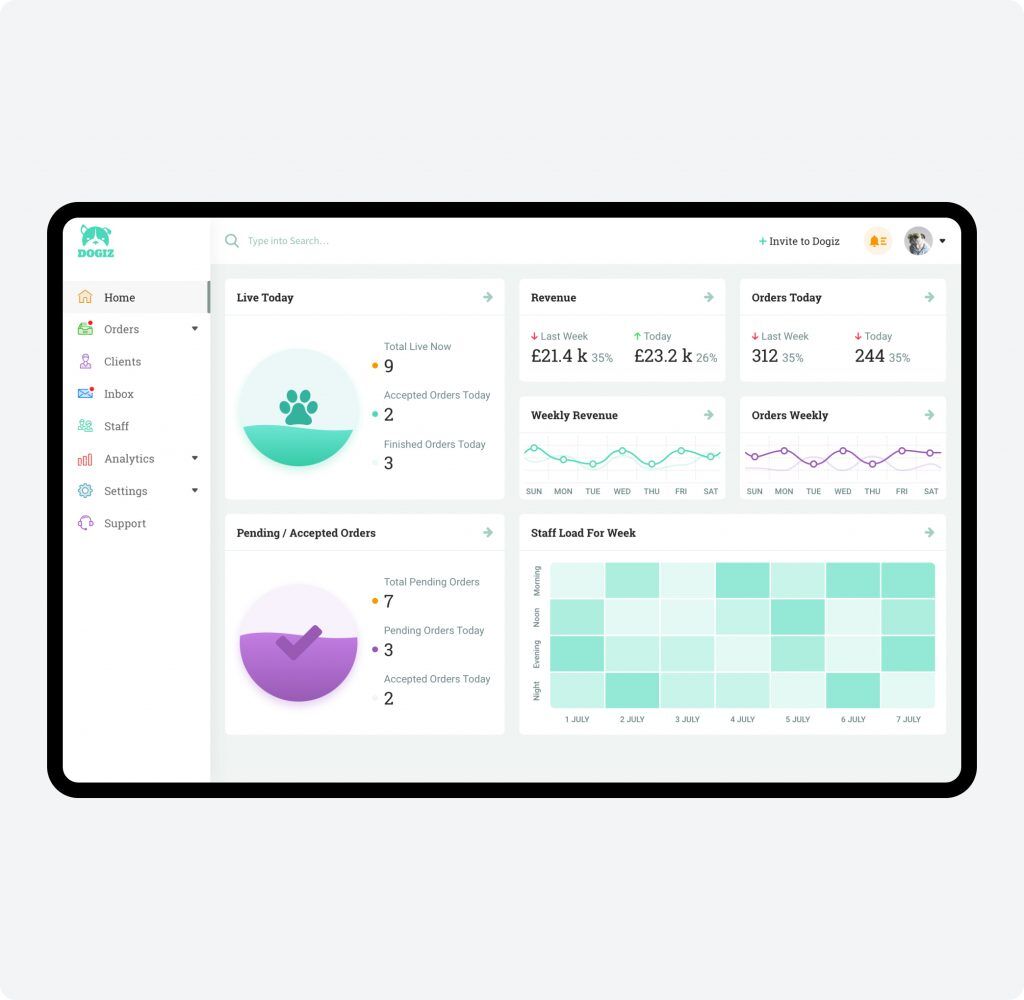
Less Guessing, More Data
Many business hypotheses look convincing on paper, leading most founders to mistakenly focus on digital product development, with little to no regard for how their product will be received in the real world.
The only person who should approve your startup is your customer. It doesn’t matter how many fans share your vision; all that matters is whether people are willing to pay to use your app.
In that sense, an MVP keeps things together. Your product must represent your brand, with a light interface and helpful features.
An MVP is a relatively cheap and fast way to ensure you create a worthwhile product based on customer research and market analysis.
The Pros of an MVP Development
The secret to budget-saving is to focus on a particular pain. When you do this, you receive the following benefits:
Minimizes spending
Simple business logic means easy development, and the money you save can be put towards promoting your product.
Helps validate your idea
Before starting the development process, a company must undertake in-depth market research, but a successful MVP allows you to validate the strength of your product continually.
Increases the speed of adaptation
Fast changes are the most substantial point for any MVP; they allow for quick adaptation and flexibility, ensuring the product is something consumers both need and love.
An MVP also allows you to keep refining your product through constant feedback, helping you maintain your customers’ attention over time.
In short, an MVP for your startup is like a trial run of your vision, allowing you to make mistakes at a point when there is less to lose.
As Thomas Edison said, “I have not failed. I’ve just found 10,000 ways that won’t work.” It is the spirit of an MVP. 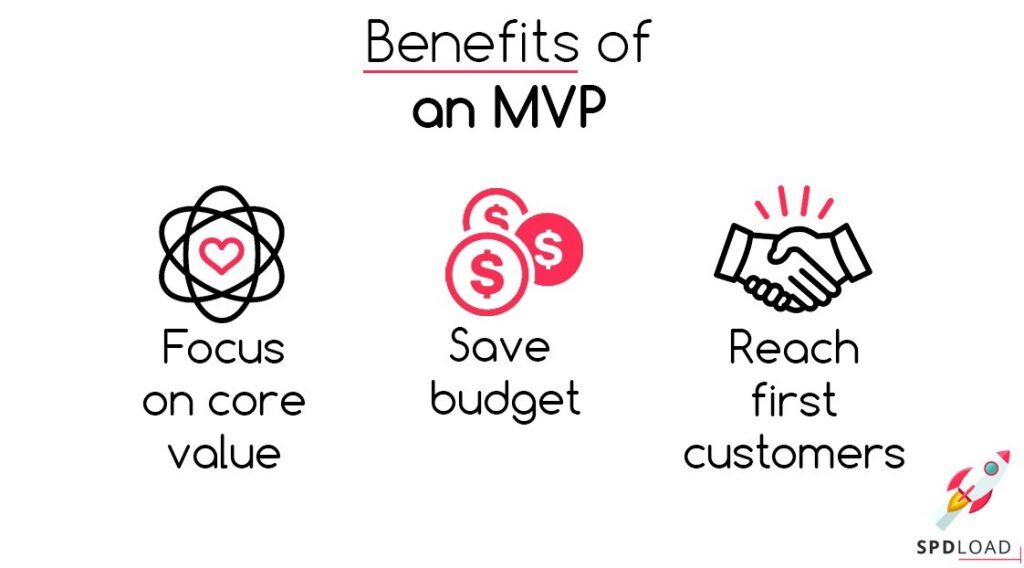
How To Build An MVP
A study from Startup Genome highlights that those startups that validate assumptions with MVPs are about 20% more likely to survive their first five years compared to those that do not use MVPs. So, how do you start building one? Here is the general approach:
Identify the Core Problem and Value Proposition
Clearly define the main problem your product aims to solve and its unique value to users.
From the moment your idea was born, it’s important to begin analyzing it. The more questions you ask, the clearer your vision will become.
Now it’s time to pay attention to what currently goes on.
Look around and understand how important the problem is. How frequently does it appear? What is the current solution? Who is your customer? Who is your competitor? And so on.
The MVP should focus on features directly addressing this problem and delivering your core value proposition.
Conduct User Research
Take the time to dive deep into understanding your target users and their most pressing needs.
Create user personas, user stories, and use market research to pinpoint the features that matter most to them.
Pay attention to how they currently solve the problem and what frustrations they face. What are they struggling with? What gaps exist in the market? Who are your ideal users? What does their daily routine look like?
This research can help pinpoint which features are essential for your audience.
List and Categorize Potential Features
Brainstorm all the features that could potentially make your product better, then categorize them to understand which ones are truly essential. Here are a few frameworks that might be helpful:
- MoSCoW method: Classify features as Must-Have, Should-Have, Could-Have, and Won’t-Have (for now). Only Must-Have features should be included in the MVP.
- Kano model: Group features into Basic Needs (essential), Performance Needs (enhance experience), and Excitement Needs (delight users but not expected).
- Feature buckets: Sort features into Customer Requests, Metric Movers (impact key metrics), and Delighters (unexpected but appreciated).
Prioritize by Impact, Effort, and Risk
Once you’ve identified the features, now’s the time to prioritize. Look at the potential impact each feature will have on users and how much time or resources it will take to implement.
Use a Feature Priority Matrix or Value vs. Effort Matrix to evaluate each feature based on:
- Impact: how much value does the feature deliver to users?
- Effort: how much time and resources are required to build it?
- Risk: what is the uncertainty or technical challenge involved?
Focus on features with high impact and low effort (“Quick Wins”).
Set the MVP Scope
Define the smallest possible version of your product that still solves your users’ core problem. Stay lean and keep your MVP focused on the features that bring the most value.
Avoid the temptation to add extra features that can wait. Stick to the essentials and plan for expansion once your MVP proves successful.
Validate with Early Feedback
Before committing to full-scale development, get feedback from the target market. Share prototypes or mockups to see if your MVP concept resonates with them.
Pay attention to how users interact with your prototypes and listen to their feedback.
Are their needs being met? Do they understand the value of the features? Early validation helps you avoid costly mistakes and ensures you’re on the right track.
Use this feedback to fine-tune your product and ensure it truly solves the problem.
After launching your MVP, collect real user feedback and use it to refine your product, adding or adjusting features in future iterations.
What Should You Plan Before Coding Begins?
Gather the development team. One of the most important things at this stage lies in supporting each other and exchanging expertise. A strong team is also one of the main requirements for a venture capital fund.
Find a reliable team of developers who can provide you with a quality technical solution.
To do so, you need to collect your business and technical requirements, then prioritize them before beginning the development process. Before making a hiring decision, explore the cost of hiring a software developer and what factors to consider.
As personal advice, do not assume an easy-looking plan will be easy to follow. Often, the more detail, the better to help keep disciplined and on track. Remember, an MVP is only the first step to building a successful app. 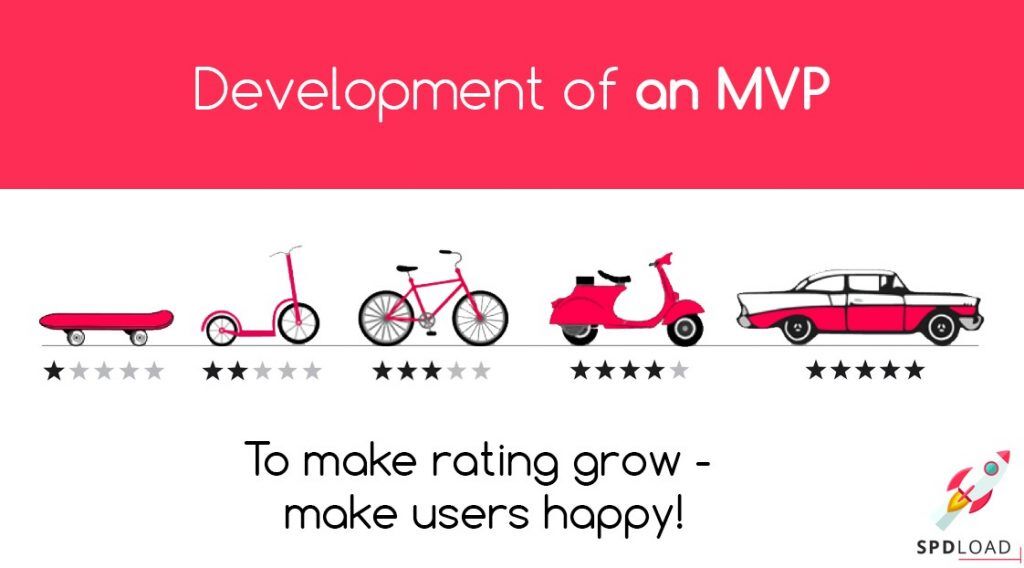
What Comes After An MVP?
After developing and releasing a minimum viable product, the next key step is to move toward creating a Minimum Marketable Product (MMP), sometimes also called a Minimum Marketable Release (MMR).
MVP focuses on validating the core idea and testing product-market fit with early adopters. The MMP, in its turn, aims to prepare the product for a broader market with higher expectations. This involves improving quality, adding essential features, ensuring readiness for wider adoption, and tracking key success metrics.
Track Key Metrics
It’s very important to choose the correct metrics of measurement since there is no standard. This approach depends on your business model. For example, the SaaS product of an MVP is based on the following metrics:
- The lifetime value of a customer.
- Cost of acquisition of a customer.
- Churn rate.
Tracking key marketing objectives like customer retention and churn rate is essential. Keep in mind that the wrong choice of metrics could lead you to follow the wrong vector of development.
Use the data and user feedback collected during the MVP phase to assess whether the product solves real customer problems and if users are willing to pay for it.
If the MVP is not viable, you may need to pivot or return to concept development. If viable, proceed to enhance the product.
Develop the Minimum Marketable Product (MMP)
The MMP includes more refined features and a better user experience to appeal to a larger market beyond early adopters. It is more polished, stable, and ready to generate revenue. This stage bridges the gap between a barebones MVP and a fully scaled product.
Based on user insights, prioritize which features will add the most value and improve the product. This involves balancing new feature development with improving existing functionality and fixing issues.
Build a Product Roadmap for Growth
Plan the strategic development of the product, including scaling infrastructure, expanding features, and adapting to market trends. This roadmap guides the transition from MMP to a full-scale product.
After the MMP, focus on scaling the product for a wider audience, ensuring it can handle increased demand, and continuously adapting to evolving user needs and market conditions.
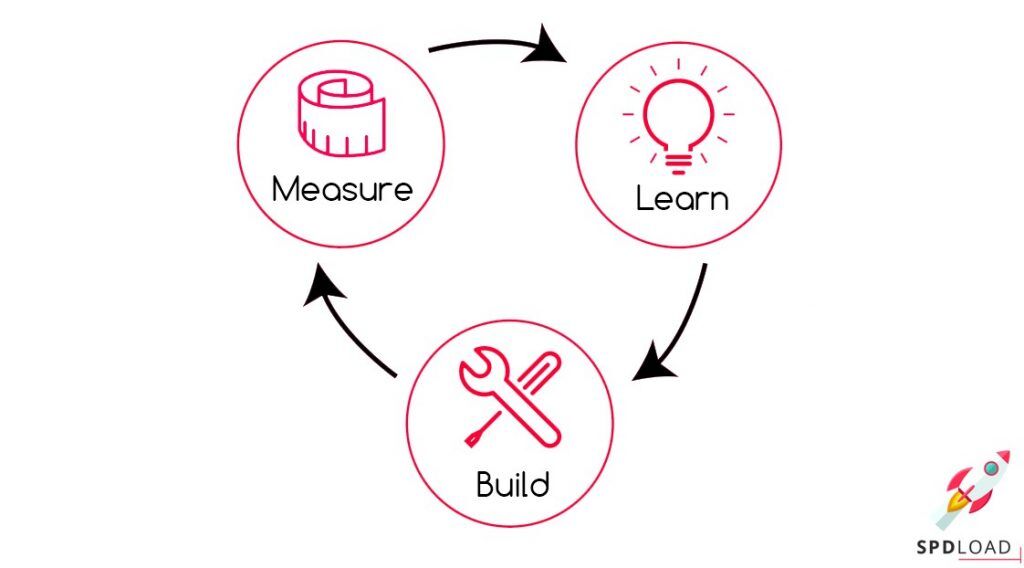
How SpdLoad Approaches MVP Development
This was a general approach to MVP development, and now I would like to share how we approach a minimum viable product at SpdLoad.
We start off with a meeting with the client to identify key assumptions and create testable hypotheses to validate risky aspects of the product idea.
Then, our team produces requirement documents outlining business goals, user needs, and technical specifications to guide the MVP software development build.
Our expert designers will build low and high-fidelity wireframes, user flows, and interfaces aligned to the minimum viable product requirements we’ve identified during the market research.
Once the designs are approved, we move on to the development process. Our developers create functional prototypes to test the core hypotheses and concepts.
One of the most crucial steps in our MVP development is user validation. This is when we conduct user interviews and testing to gather feedback on how well the MVP meets user needs and resolves pain points.
Based on user feedback, we will refine and enhance the MVP development through agile, iterative development cycles.
Case Study: MVP Development for Hirenest HR Platform
This brief story illustrates how we developed the Hirenest platform from scratch to help the company enter the market early.
Hirenest is an innovative HR platform that helps businesses objectively evaluate job candidates and make informed hiring decisions. The platform provides assessments validated by expert psychologists to make the hiring process more reliable and accurate.
The main challenge for Hirenest was to create an MVP that could streamline the recruitment process through an automated HR tool. The platform needed to support multiple roles, such as Admin, Employer, Author, and Candidate, each with specific tasks and features. Additionally, it was important that the platform’s assessments were highly reliable and valid to ensure accurate hiring decisions. 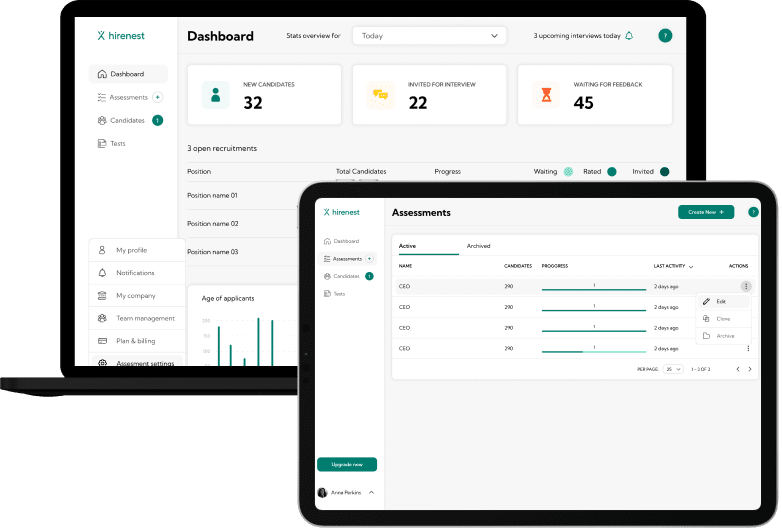
The MVP Solution We Provided
Our team developed a web platform supporting four core roles. Each role had its own set of functions for seamless interaction. Admins manage the platform’s data, employers create and manage assessments, authors build tests, and candidates take assessments and track their progress. This structure allowed HireNest to meet the needs of different user types while maintaining ease of use.
We collaborated with expert I/O psychologists to make sure the platform’s assessments were valid and reliable. Their input helped shape assessments that meet high standards of construct and predictive validity.
Throughout the project, we followed an agile development process. This allowed us to iterate quickly and stay aligned with the client’s vision. Regular feedback loops helped us adjust features and ensure the MVP was on track. Close collaboration with Hirenest meant we could address challenges in real time and refine the platform based on user needs.
After six months of development, the platform was ready for its first real users. Employers can now access the platform, create assessments, and evaluate candidates based on objective, evidence-based criteria. The platform offers a solid foundation for future growth, with plans to continue refining and expanding its features.
Common Challenges of MVP Development
| Challenge | Description | Suggested solutions |
|---|---|---|
| Defining the right MVP scope | Including too many or too few features, leading to feature creep or insufficient value. | Focus on core features; use MoSCoW prioritization; conduct user-centric research; prototype early. |
| Limited budget and resources | Insufficient funds to hire talent or maintain quality, causing rushed or delayed MVP development. | Use no-code/low-code platforms; outsource development; optimize cloud infrastructure; prioritize development stages. |
| Tight deadlines | Pressure to launch quickly can compromise quality or delay time-to-market. | Adopt Agile/Scrum methodologies; set realistic milestones; leverage pre-built components and APIs. |
| Choosing the right technology stack | Balancing speed with quality to avoid bugs and poor user experience. | Implement test-driven development; use automated testing; integrate user feedback early; optimize workflows. |
| Market validation and customer feedback | Lack of early validation can result in a product that doesn’t meet market needs. | Pre-launch marketing; customer interviews and surveys; beta testing; use analytics tools for data-driven decisions. |
| Misunderstanding MVP concept | Treating MVP as a prototype or incomplete product rather than a functional core solution. | Focus on core functionality; engage target users early; avoid overloading features. |
| Inadequate testing | Poor testing leads to buggy or unreliable MVP, damaging reputation and adoption. | Conduct rigorous unit, integration, and user acceptance testing; ensure quality assurance. |
| Ignoring scalability | Building MVP without considering future growth causes technical debt and scaling issues. | Design scalable architecture; keep continuous development in mind; manage technical debt proactively. |
| Inadequate marketing and launch strategy | Poor marketing leads to low user acquisition and engagement despite a good product. | Develop comprehensive marketing and launch plans; leverage social media, press, and influencers. |
| Insufficient funding | Running out of funds halts MVP development and launch. | Detailed budget planning; explore diverse funding sources like bootstrapping, investors, crowdfunding. |
| Lack of focus and vision | Losing sight of core objectives causes scope creep and diluted product value. | Define clear vision and SMART goals; maintain focus on core objectives; align team and stakeholders. |
| Ineffective team collaboration | Poor communication causes delays, misunderstandings, and lower product quality. | Foster open communication; use collaboration and project management tools. |
Next Steps
A minimum viable product is an ideal starting point for any aspiring entrepreneur. There is no need to add the maximum amount of features from the very beginning. Instead, it is better to conduct market research, explore various user stories, and create a product that people really need. This approach is actionable for both non-technical and tech companies.
Here are three reasons to make an MVP your first move when launching a startup:
- Test assumptions with real users to gain invaluable early feedback, especially as a first-timer. Quickly validate if your vision truly resonates before going all in.
- Enable smart money management. Score proof-of-concept without overspending upfront. Pivoting based on an inexpensive MVP can steer you away from wasting precious capital.
- Simplicity and laser focus delight users. Solve one pressing problem extremely well. Complexity can come later once initial traction is achieved.
While an MVP sets you on the right trajectory, remember it’s only step one.
Carefully plan budgets and milestones over time. Launching an MVP marks the start of the journey, not the destination.
Eager to start bringing your big ideas to life?
Contact our team to explore how our MVP development and product discovery services can guide you in launching your breakthrough digital venture.





